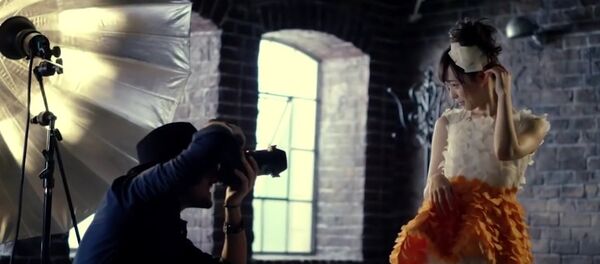Regina Konstantinova — Wipprecht, an experimental designer and innovator from Netherlands working in the emerging field of "FashionTech," combines beauty with the latest developments in science and technology to make fashion an experience that transcends mere appearances.
Anouk's Spider Dress is one such creation. Both beautiful and terrifying, the dress features 3D printed parts, sensors and illumination. But the best thing about this garb is that it has plastic spider-like arms, which react when someone comes close to the wearer.
"The idea of the dress is built on the notion of personal space and proxemics: which means — the physical and immediately surrounding space, into which any encroachment feels threatening or uncomfortable for them," Anouk told Sputnik International. "So basically it's a comment on comfort zones; the closer you come to the dress by stepping into the personal space of the design, the more aggressive the mechanics of the system react," she added.
The dress is Anouk's personal collaboration with Intel and it is based on the Intel Edison.
"The mechanical limbs on the shoulders are embedded with servo motors, which make the Spider Legs move. The dress is equipped with proximity sensors and programmed with '12 states of behavior,'" the fashion tech designer explained.

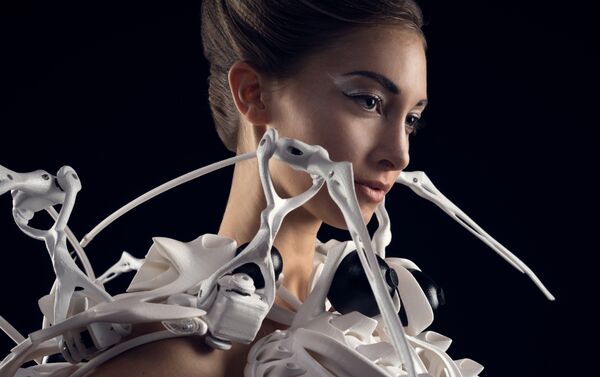

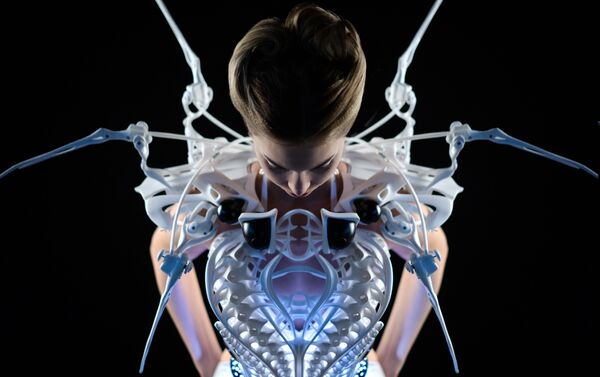
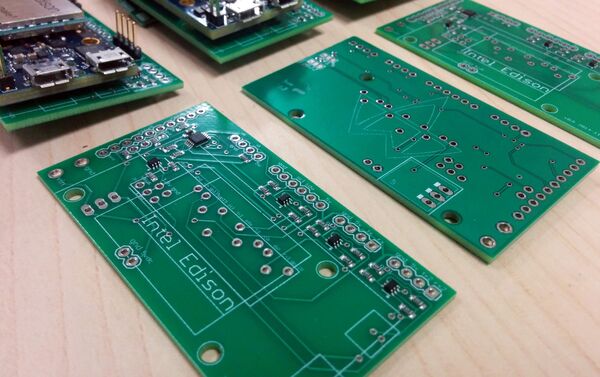
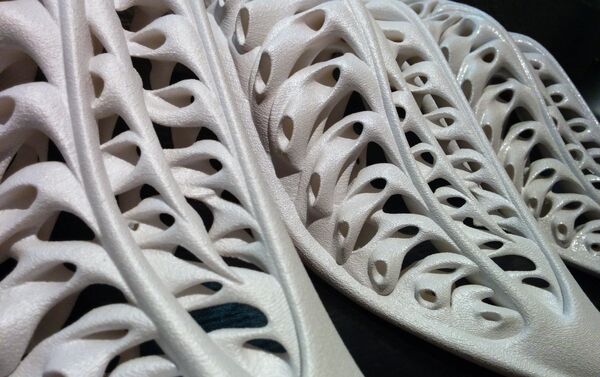
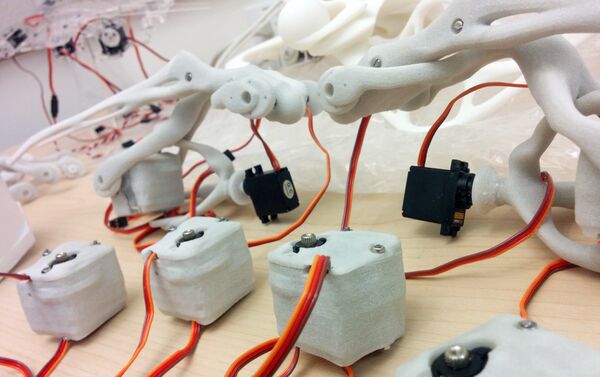
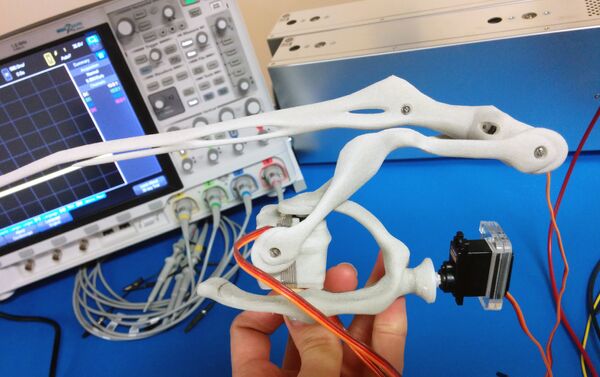
Depending on how fast the other person walks up to the Spider Dress and where they are located in front of it, the dress reacts either faster or more "semi-protective."
"For me it's a statement on how we perceive and protect our own boundaries by looking at defense mechanisms of animals and project these to the robotic systems that I design on the body. I used system behavior and computation to create a dress that would protect the wearer," Anouk said.
The mastermind of the protective garment also revealed that printing the full dress took her three days; then it had to be painted and finished, and embedded with electronics, coded, tested and fitted — the whole process from start to finish took about three months.
"This is one of the most complex dresses. Other dresses I design, engineer and program within two weeks, but this was definitely more challenging because of the complex concept," she said.

Anouk has created over 36 different dresses. All her own inventions. The dresses, systems and devices are research projects. They basically function as case-studies on how a certain technology, combined to the body, interacts in different ways with either the body or the immediate surroundings of the wearer.
"From each system I learn and every design brings about another topic. This kind of work flow allows me to both create and analyze possible future scenarios in which fashion and technology can be combined and might be part of our wardrobe," the designer said.
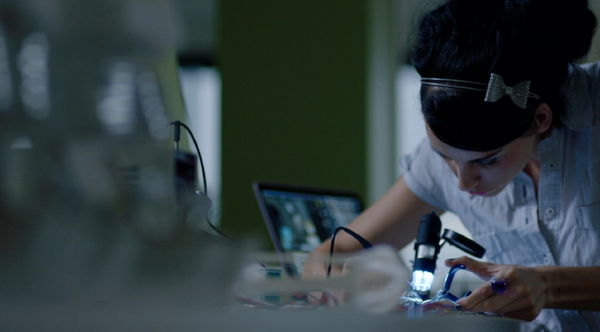
"Everybody knows the feeling of needing personal space. This design emotes this thought, making fashion a real-life and visible display of expression," Anouk Wipprecht concluded.


